16 Things You Didn’t Know About the ’70s Skateboard Revolution
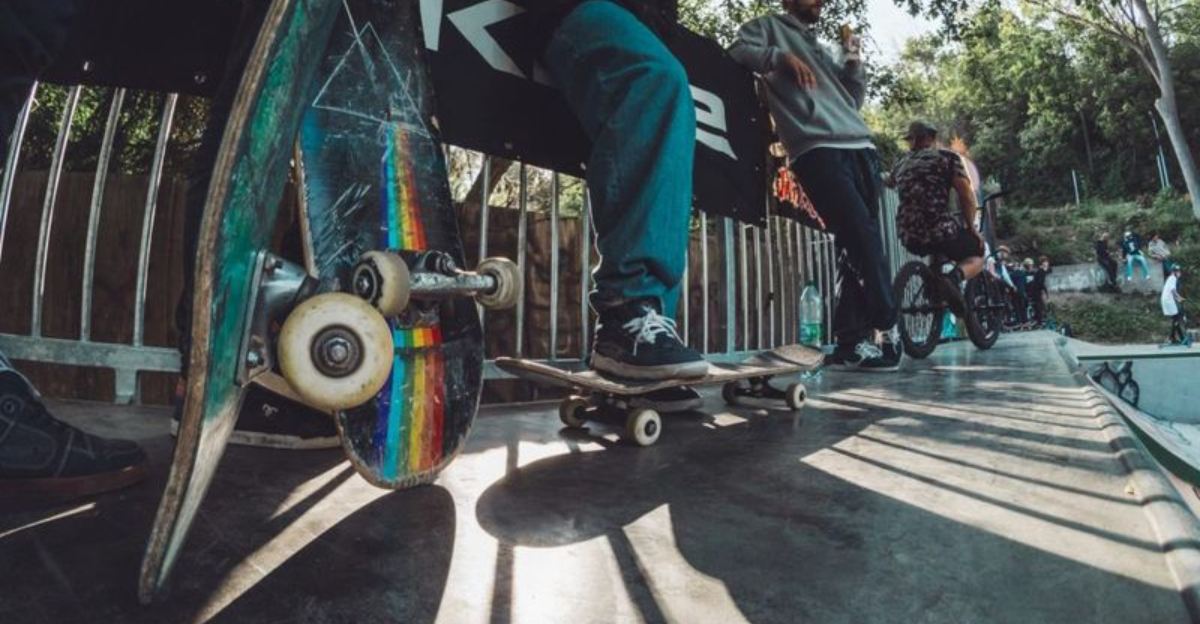
The 1970s transformed skateboarding from a sidewalk hobby into a cultural phenomenon. What began with wooden boards and clay wheels evolved into a movement that changed sports forever.
This revolution created new heroes, innovative tricks, and an attitude that defined a generation of youth looking for freedom and self-expression.
1. Drought-Powered Innovation
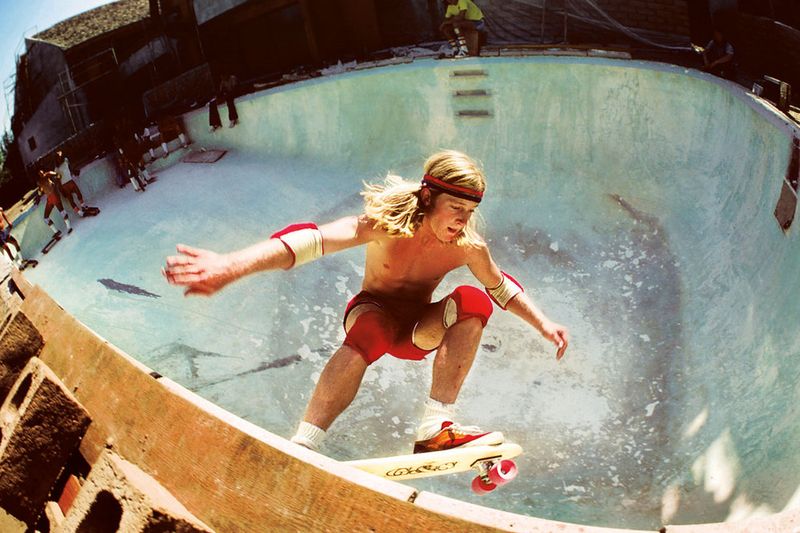
California’s severe 1975 drought accidentally catalyzed skateboarding’s rebirth. Empty swimming pools became impromptu skate parks when desperate homeowners couldn’t fill them.
Skaters nicknamed these ‘concrete waves’ and snuck into backyards to ride the curved walls, developing the vertical skating techniques that define modern skateboarding today.
2. Urethane Revolution
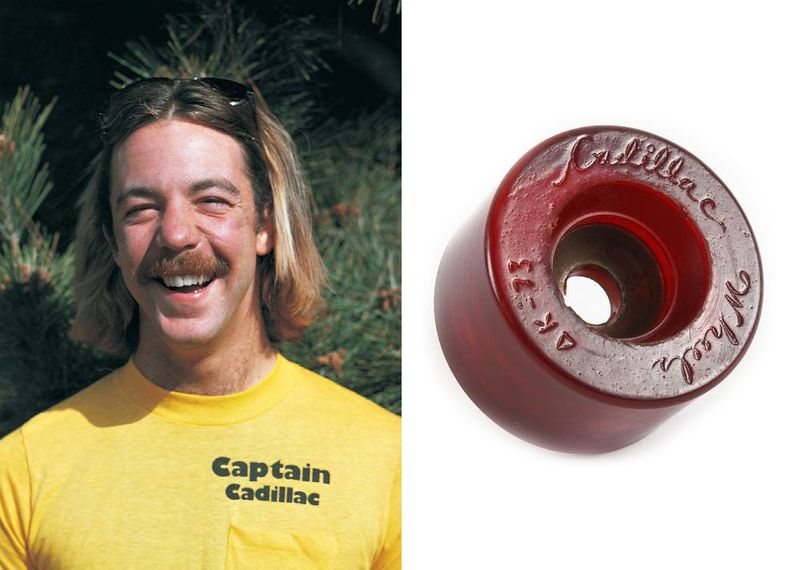
Frank Nasworthy changed everything in 1972 when he introduced urethane wheels to replace harsh clay versions. His company, Cadillac Wheels, transformed how boards performed almost overnight.
Suddenly, skaters could grip the pavement, turn sharply, and ride over small obstacles without wiping out. This single innovation opened up possibilities that skaters had only dreamed about.
3. Zephyr Team’s Surf-Inspired Style
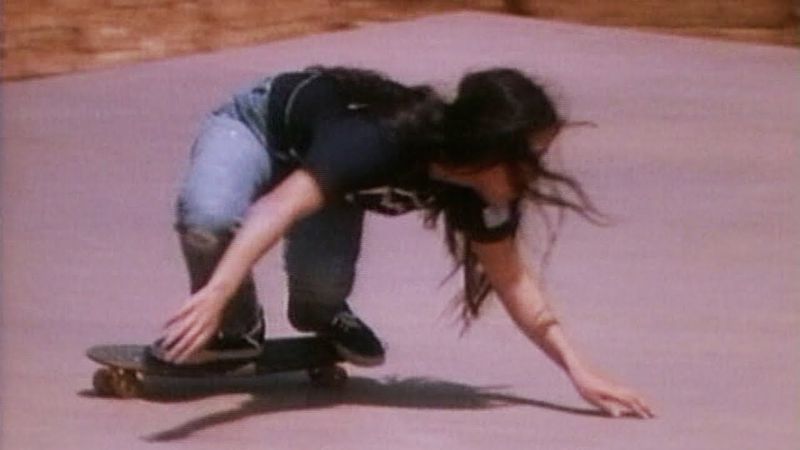
The Zephyr Competition Team (Z-Boys) brought surfing’s fluid style to skateboarding, creating a revolutionary approach. Raised in Venice Beach’s tough Dogtown neighborhood, these teenagers transformed skateboarding from rigid gymnastics into something artistic.
Their low, surf-like stance and aggressive style shocked spectators at the 1975 Del Mar Nationals, marking the moment skateboarding found its authentic identity.
4. Logan Earth Ski: First Pro Board
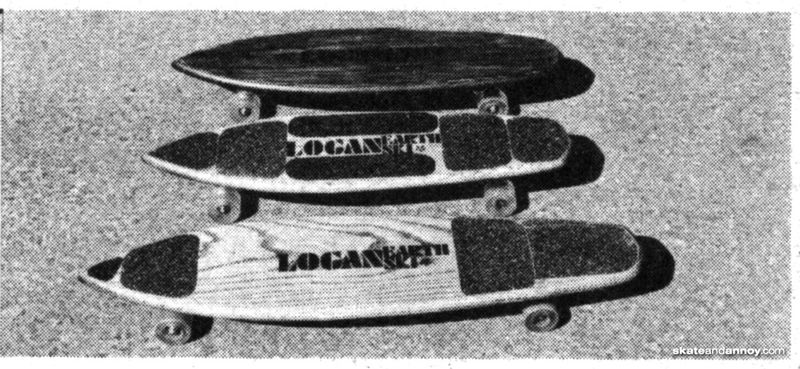
Bruce Logan created skateboarding’s first professional model in 1975 – the Logan Earth Ski. The wide wooden deck with its distinctive yellow stripe became instantly recognizable.
Logan’s board design allowed for greater stability and control, helping riders attempt increasingly complex tricks. Many kids saved for months to purchase this status symbol that represented skateboarding’s transition from toy to serious equipment.
5. Magazine Culture Explosion
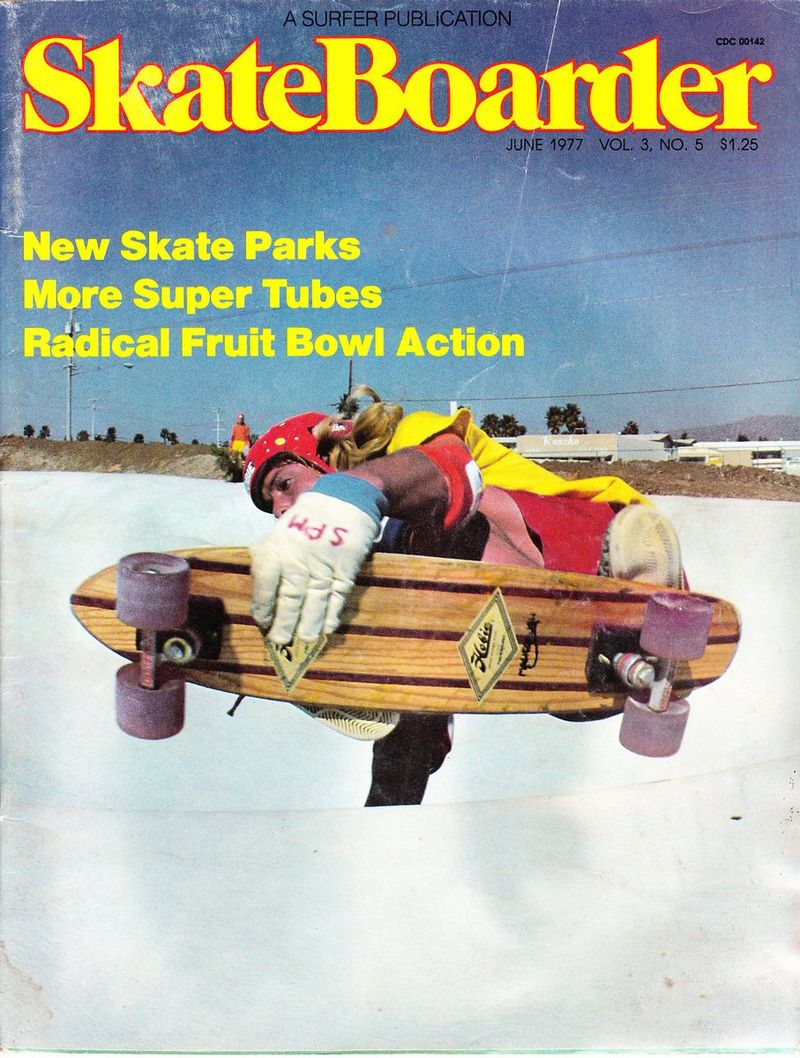
SkateBoarder magazine, revived in 1975, became skateboarding’s bible and fueled nationwide growth. Teenagers anxiously awaited each issue to study photos of their heroes performing seemingly impossible tricks.
The magazine’s action photography techniques were revolutionary, with photographers like Warren Bolster pioneering fisheye lenses and sequence shots.
For isolated skaters in small towns, these pages provided their only connection to the larger skateboarding world.
6. The Original Skateparks Boom
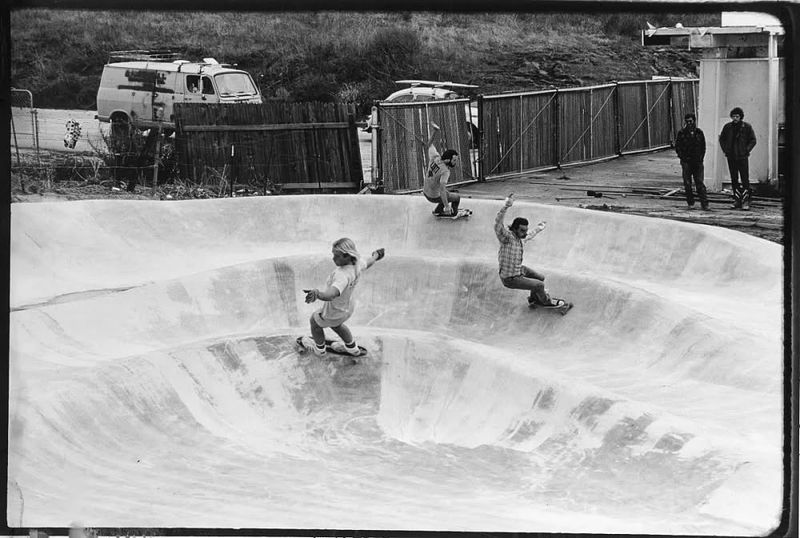
America’s first dedicated skatepark, Carlsbad Skatepark, opened in 1976, triggering a construction frenzy. Within three years, over 200 commercial skateparks operated nationwide.
These concrete playgrounds featured snake runs, bowls, and half-pipes that let skaters ride continuously without pushing.
Many parks charged $2 entry fees and required elbow pads, knee pads, and helmets – equipment that most street skaters had never considered using.
7. Cinematic Explosion: Skateboard Kings
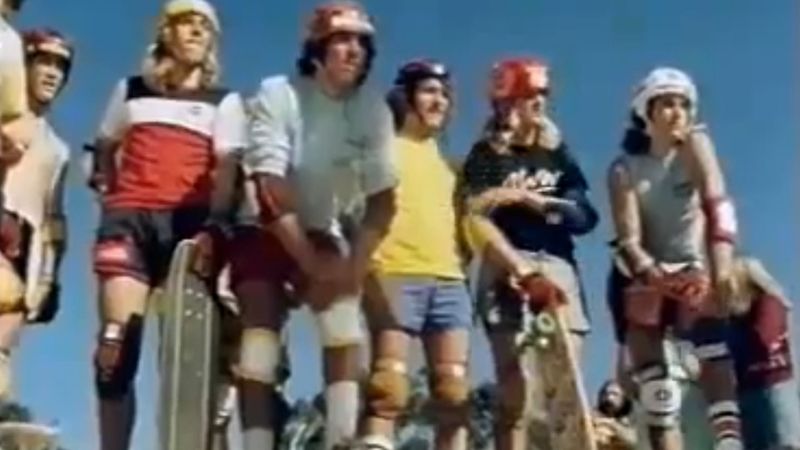
Before “Dogtown and Z-Boys” became famous, 1978’s BBC documentary “Skateboard Kings” captured the raw essence of skateboarding’s breakthrough moment. The film followed Tony Alva and Stacy Peralta during their rise to stardom.
Filmed with portable equipment that could follow skaters through empty pools and down hills, the documentary showed British viewers a glimpse of California’s sun-drenched skateboard revolution, complete with its unique fashion and attitude.
8. The Ollie’s Secret Origins
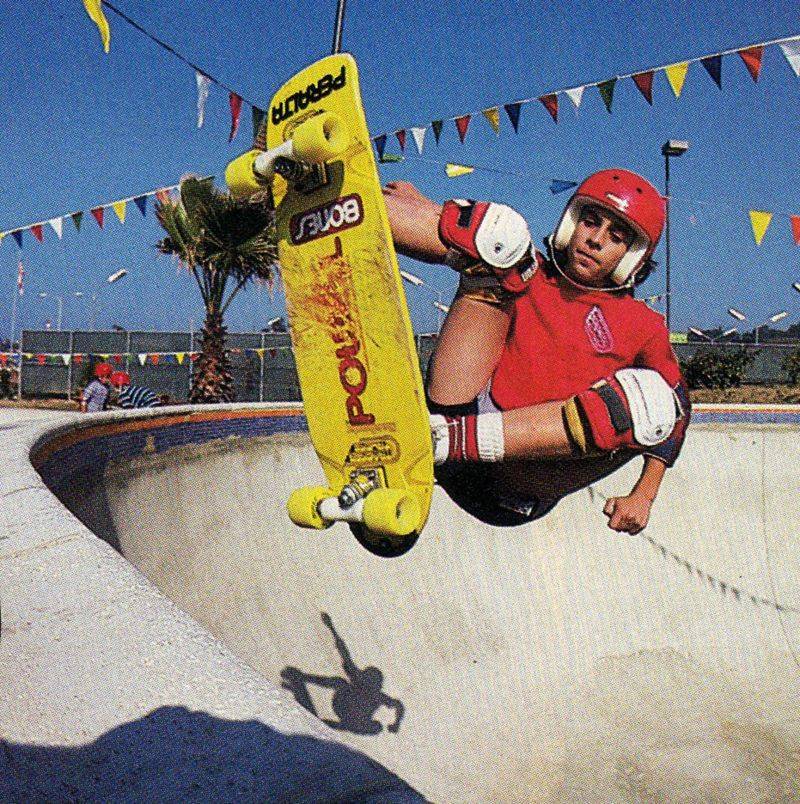
Alan Gelfand invented skateboarding’s most fundamental trick in 1978, but few witnessed it initially. The teenager from Florida developed a way to make the board seemingly stick to his feet while jumping.
Nicknamed “Ollie” by his friends, Gelfand’s no-handed aerial maneuver initially looked like magic to other skaters. The trick remained regional until Stacy Peralta featured it in a Bones Brigade video years later, forever changing what was possible on a skateboard.
9. Skateboarding’s First Female Star
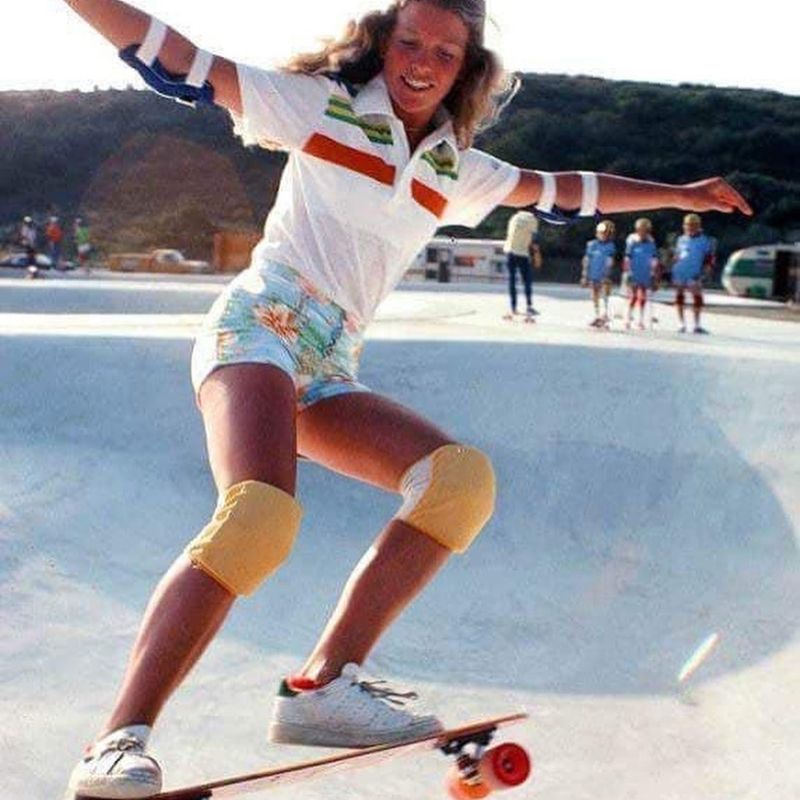
Ellen O’Neal broke barriers as skateboarding’s first female superstar in the mid-70s. While the sport remained predominantly male, O’Neal earned respect through pure skill and determination.
Her freestyle routines combined grace with technical difficulty, earning her sponsorships and magazine coverage when female athletes rarely received either.
Young girls across America pinned her photos on their walls, finally seeing someone who looked like them in this exciting new sport.
10. Skateboard Sneaker Revolution
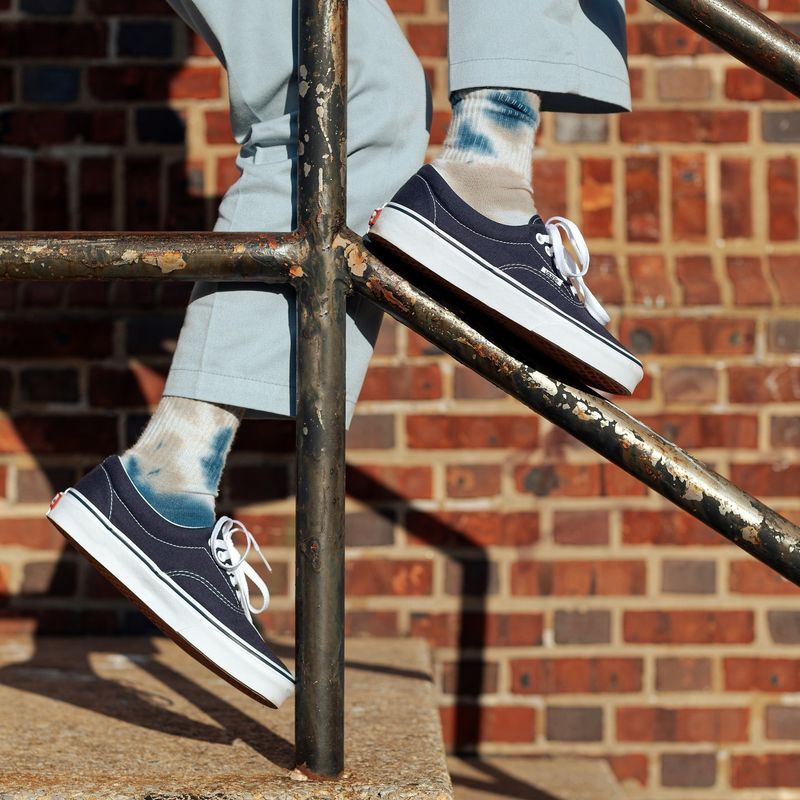
Vans wasn’t always a skateboarding giant – they stumbled into the culture by accident. Their #95 deck shoe (now called the Era) became skateboarding’s unofficial footwear after Z-Boys started wearing them in 1975.
The shoe’s sticky waffle sole provided crucial grip on griptape, while its canvas construction could be easily repaired with duct tape. Skaters would often wear through the right shoe (for regular-footed riders) in weeks, creating a distinctive wear pattern.
11. The Million-Dollar Championship
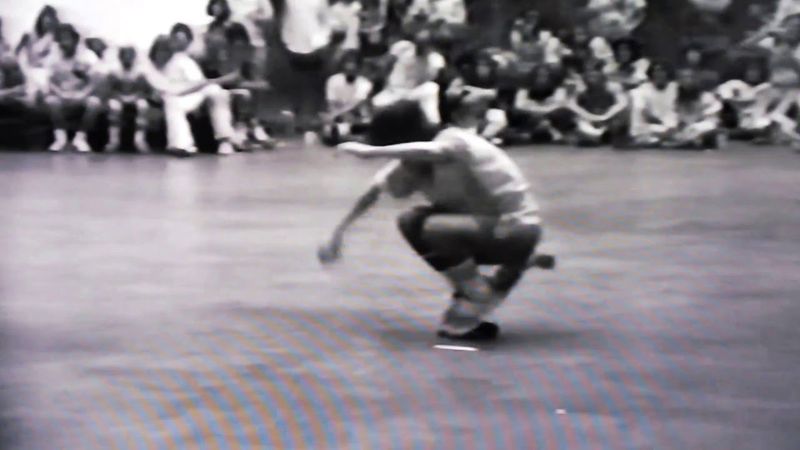
The 1977 Skateboard World Championships at the Long Beach Arena marked skateboarding’s commercial peak. With $20,000 in prize money and 5,000 competitors, it represented unprecedented legitimacy.
ABC’s Wide World of Sports broadcast the competition nationally, bringing skateboarding into millions of living rooms. Young viewers watched in awe as Tony Alva executed his groundbreaking frontside air, a moment many consider the birth of modern aerial skateboarding.
12. Homemade Halfpipe Movement
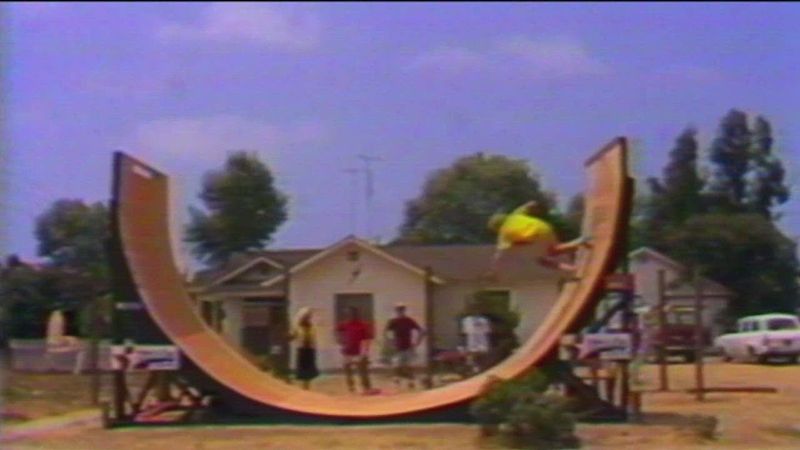
When commercial skateparks became too expensive for many teens, DIY culture took over. Backyard halfpipes, often built from stolen construction materials, sprouted up in suburbs nationwide. These rickety wooden structures rarely met safety standards but fostered incredible innovation.
Parents typically discovered these projects only after completion, leading to neighborhood conflicts and local newspaper coverage about the “skateboarding menace” threatening property values.
13. Corporate Cash Grab
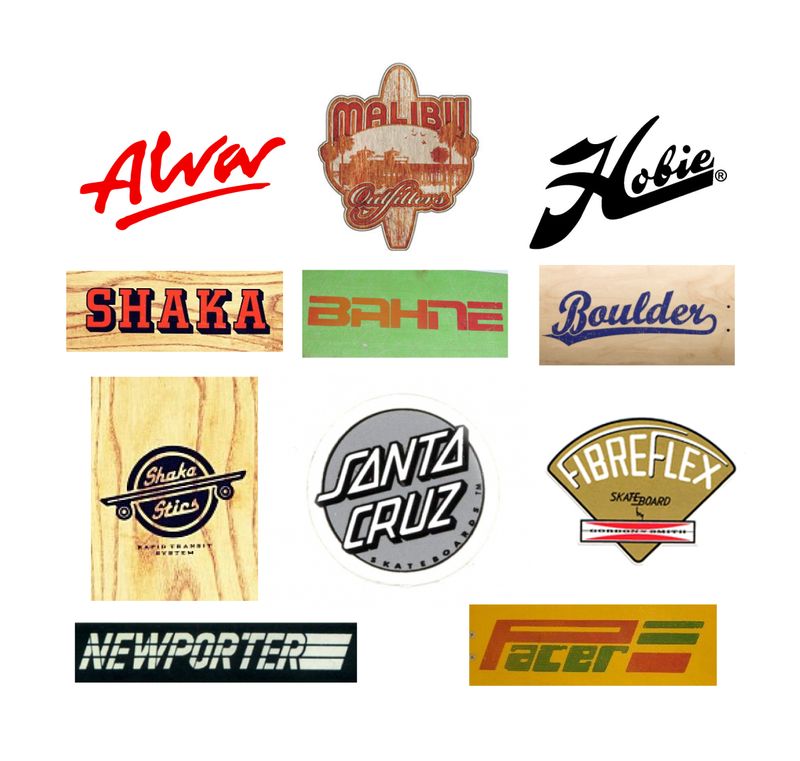
Major corporations rushed to cash in on skateboarding’s popularity with bizarre merchandise. Mattel’s plastic “Skateboard Shaper” promised to restore worn wheels, while Wham-O released the infamous “Skateboard Pro-Am Water Ramp” for jumping into pools.
Mainstream brands from Coca-Cola to McDonald’s featured skateboarders in advertisements. The 1978 Sears catalog devoted six pages to skateboard equipment, much of it dangerously substandard compared to specialty shop offerings.
14. The Skate Movie That Never Was
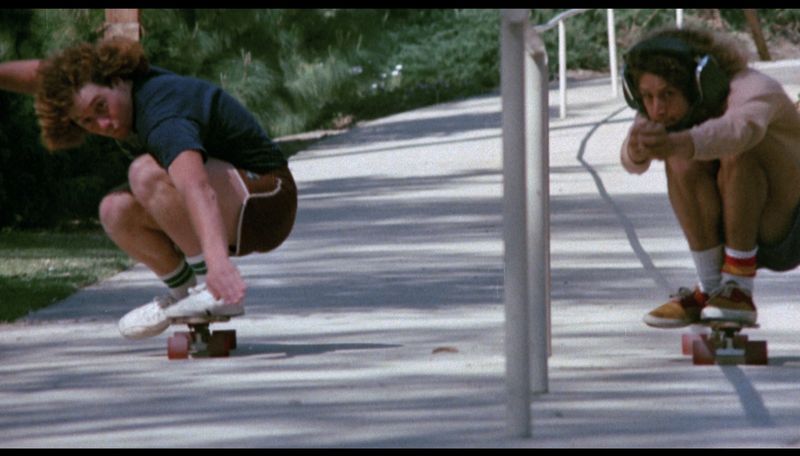
Before “Lords of Dogtown,” Hollywood attempted a major skateboard film called “Skateboard: The Movie” in 1978. It flopped spectacularly despite featuring real pros like Tony Alva and Stacy Peralta as stunt doubles.
The film’s plot involved a failed manager exploiting teenage skaters for money. Critics panned its cheesy dialogue and contrived story, but today it provides an unintentionally hilarious time capsule of authentic 1970s skateboard culture, fashion and locations.
15. Skate Photographers’ Dangerous Art

Skateboard photography in the 1970s required extraordinary dedication and physical risk. Photographers like Craig Stecyk and Glen E. Friedman often climbed into empty pools alongside skaters, risking injury to capture iconic images.
These photographers developed techniques still used today, including shooting from below with fisheye lenses to exaggerate height and drama.
Their images, originally published in small magazines, now sell as fine art photography in prestigious galleries worldwide.
16. Skateboarding’s Secret Language
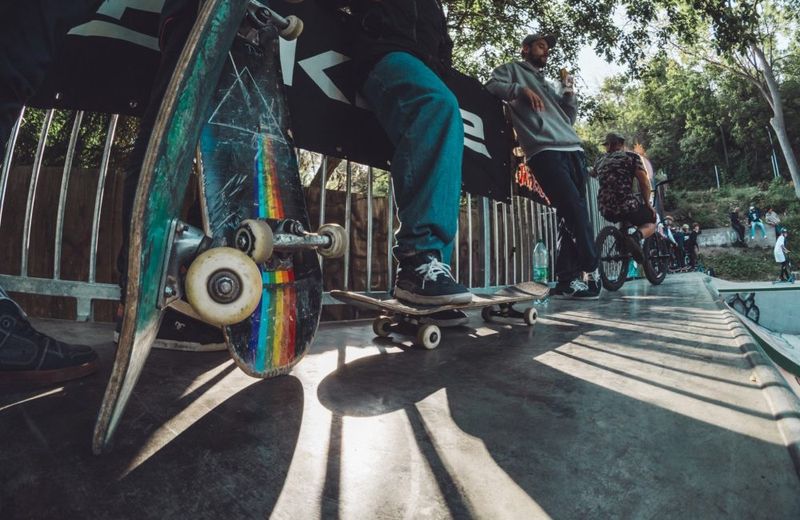
The 1970s birthed skateboarding’s distinctive vocabulary that confused parents nationwide. Terms like “Bert slides,” “frontside,” “backside,” and “fakie” created an insider language that defined membership in the culture.
Magazine glossaries helped new skaters decode these terms. Regional slang variations developed on opposite coasts, with California and Florida skaters sometimes using completely different words for identical tricks, causing confusion when they finally met at competitions.
